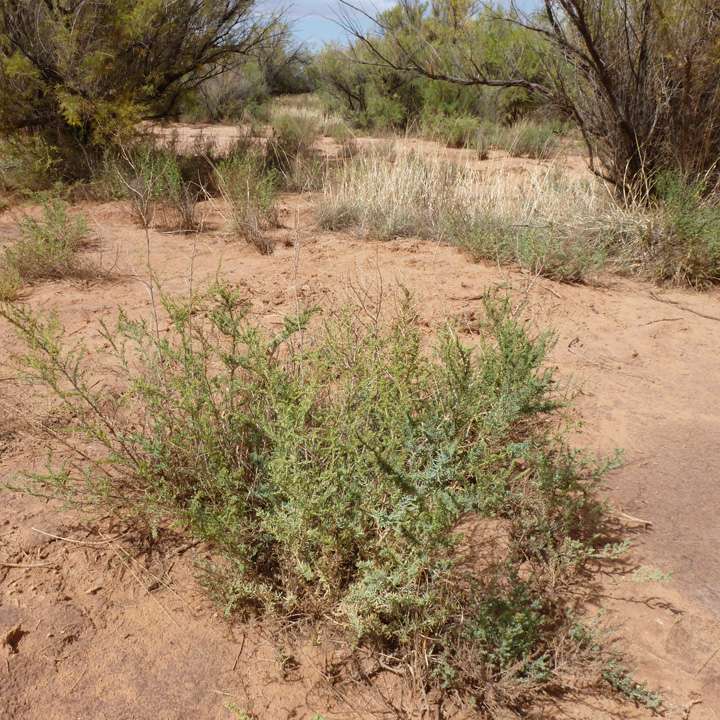Suaeda
|
Family: Amaranthaceae |
Plants of Suaeda are found in saline or alkaline wetlands or, occasionally, in upland habitats. Some species are cultivated and eaten as a vegetable; seeds of some have been ground and eaten by Native Americans, and some species are used as a source for red or black dye. The genus Suaeda includes widely distributed polymorphic species such as S. maritima, S. calceoliformis, and S. nigra. Much of the variation in these taxa appears to be due to environmental factors, but some of it is probably due to genetic differences. Infraspecific taxa and presumed related species have been described, and these are mentioned in the discussions following the descriptions. However, no infraspecific taxa are recognized here. All three of these species show much variation in morphology and growth-form characteristics, but no qualitative characters could be found that could be used to reliably separate distinct taxa below the species level. Future chromosomal and genetic studies may enable the recognition of distinct infraspecific taxa or even species within these three polymorphic entities. Identification of Suaeda specimens is achieved most successfully when based upon material containing flowers (for ovary shape) and mature calyces (for lobe shape) containing seeds. Because of the succulent nature of most specimens, fresh material may appear quite different than dried material, especially in the accentuation of calyx features when dry.
Fls small, perfect or unisexual; cal at anthesis deeply 5- lobed, at maturity unchanged except in size, or some or all lobes becoming carinate, cucullate, or winged; stamens 5; ovary depressed or flattened; styles 2-5, short; fr completely enclosed by the cal; pericarp thin and delicate, usually loose; seed commonly horizontal, occasionally vertical; embryo spirally coiled; perisperm scanty or none; herbs (our spp. all annual) with very numerous, linear lvs, the upper reduced to bracts, forming terminal spikes and bearing in the axils the solitary or clustered (commonly 3) fls. (Dondia) The taxonomy of the genus is in need of careful reconsideration. 50, widespread. Gleason, Henry A. & Cronquist, Arthur J. 1991. Manual of vascular plants of northeastern United States and adjacent Canada. lxxv + 910 pp. ©The New York Botanical Garden. All rights reserved. Used by permission. |

